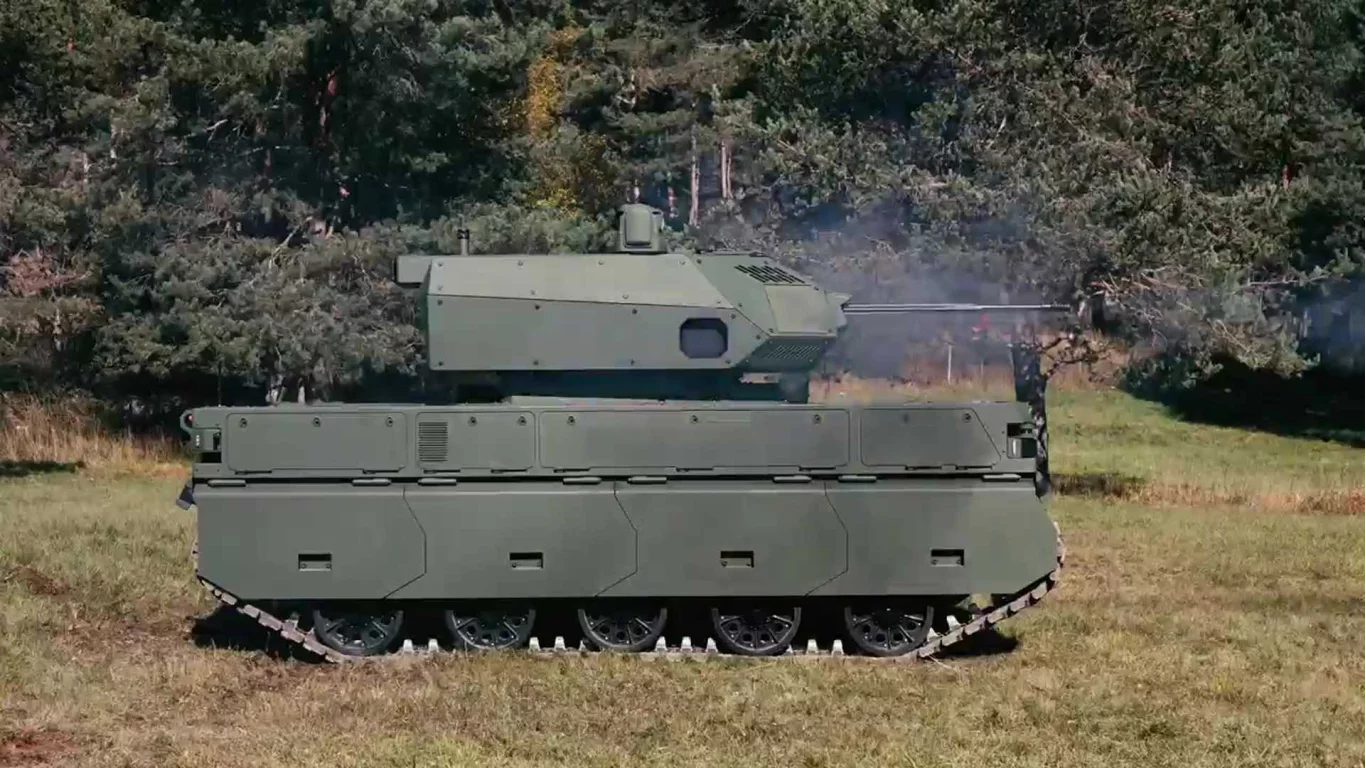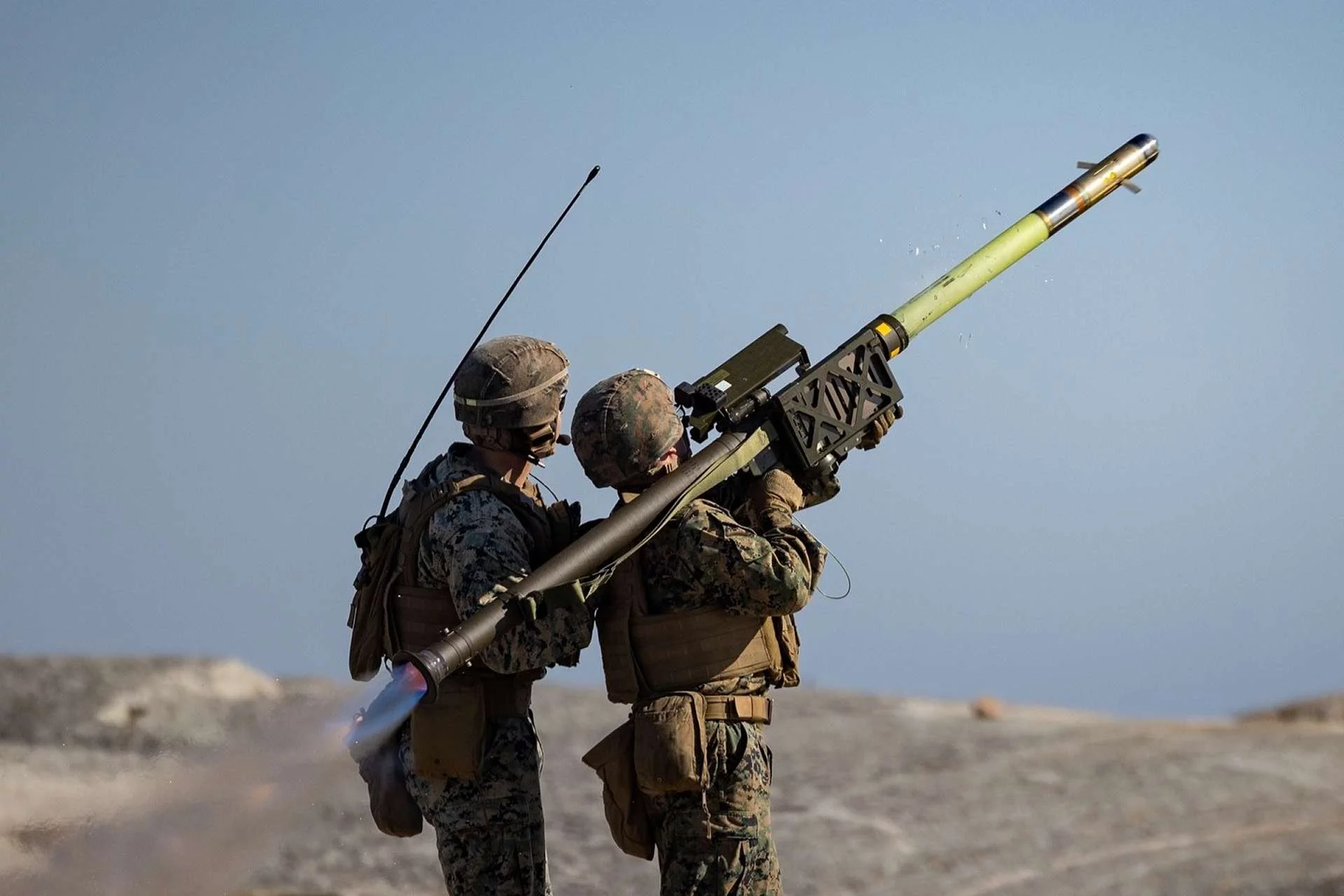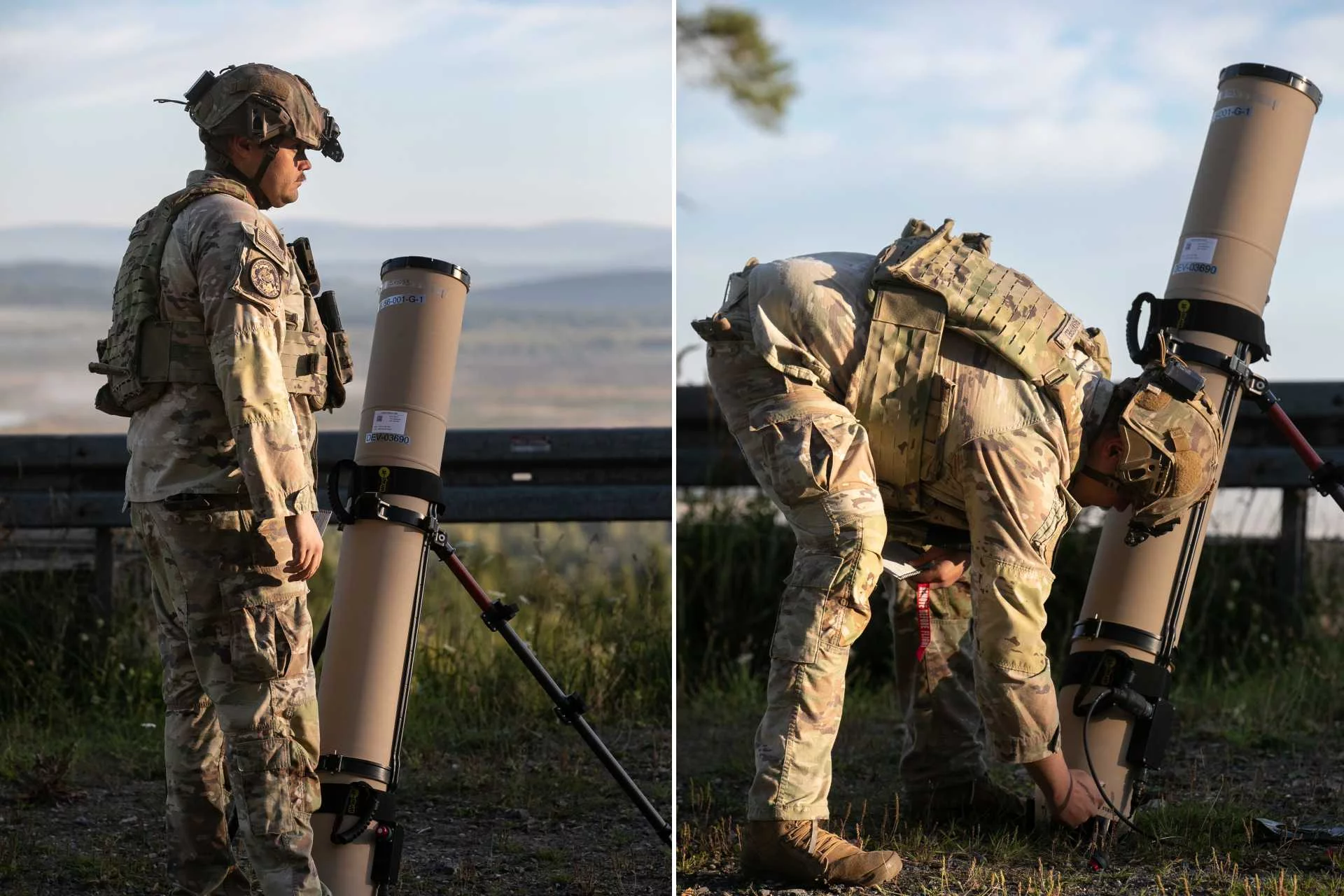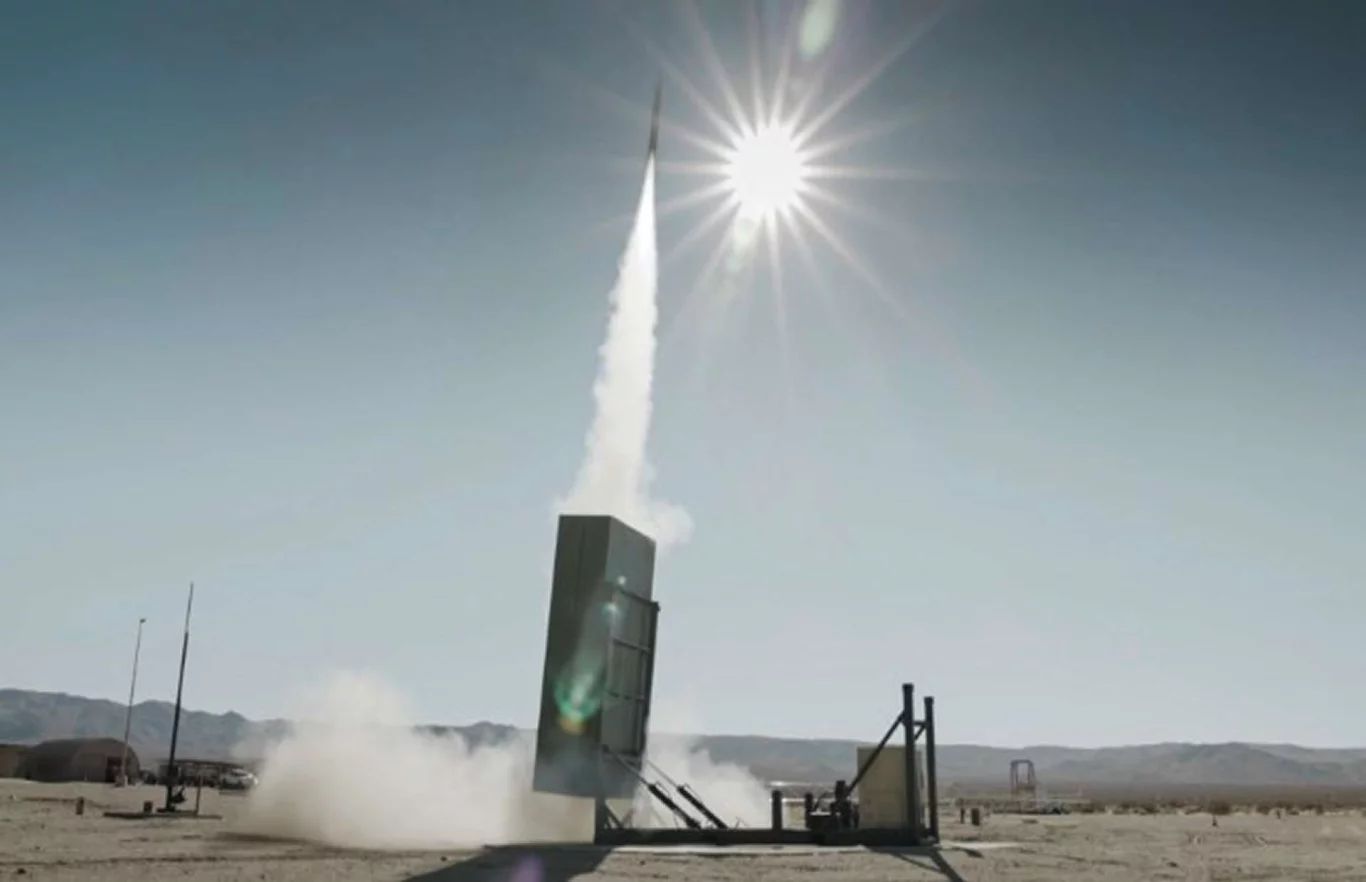In a significant stride towards modernizing their respective armed forces and addressing the pervasive threat of unmanned aerial vehicles (UAVs) on the contemporary battlefield, Croatia and Slovenia have jointly unveiled a potent new system: the Komodo Unmanned Ground Vehicle (UGV) equipped with the advanced Mangart 25 AD (Air Defense) turret. This collaborative effort from two Balkan nations not only highlights a growing trend in European defense cooperation but also showcases innovative thinking in the face of evolving airborne threats. This isn’t just about another military vehicle; it’s about a strategic response to a fundamental shift in how wars are fought.
The rise of drones, from commercially available quadcopters weaponized by insurgent groups to sophisticated military-grade reconnaissance and attack UAVs, has profoundly reshaped the modern battlespace. They offer unprecedented surveillance capabilities, can deliver precision strikes, and, perhaps most disturbingly, can operate with relative impunity, often overwhelming traditional air defense systems designed for larger, faster targets. Recognizing this critical vulnerability, Croatia and Slovenia have sought a solution that is both cutting-edge and adaptable.
Enter the Komodo UGV. While details regarding its exact specifications are still emerging, the very concept of an unmanned ground vehicle armed for air defense represents a forward-thinking approach. UGVs offer numerous advantages: they can operate in hazardous environments without risking human life, perform dull or repetitive tasks, and potentially deploy in large numbers at a lower cost than manned platforms. The Komodo, therefore, is envisioned as a robotic guardian, patrolling areas, detecting airborne threats, and engaging them with precision.
The heart of its anti-drone capability lies in the Mangart 25 AD turret. This sophisticated remote weapon station is specifically designed to tackle low-flying, slow-moving aerial threats. While specifics on its weaponry might vary, a 25mm cannon is an ideal choice for this role. Such a weapon offers a high rate of fire and the ability to project a dense volume of fire, crucial for hitting agile drones. Furthermore, modern air defense turrets like the Mangart 25 AD typically integrate advanced sensors – electro-optical/infrared (EO/IR) cameras for day/night vision, radar for detection and tracking, and sophisticated fire control systems – to ensure accurate engagement. The “AD” designation clearly signals its primary role: active defense against airborne threats.
The joint development by Croatia and Slovenia is also a noteworthy aspect. Both nations, while distinct, share a common interest in regional security and effective defense solutions. Collaborative projects like the Komodo UGV allow them to pool resources, share expertise, and develop systems that might be beyond the individual capacity of either nation alone. This kind of regional defense industrial cooperation is a positive development for European security, fostering interoperability and strengthening collective capabilities. It’s a smart strategy for smaller nations to punch above their weight in terms of technological advancement.
The implications of the Komodo UGV’s unveiling are significant.
Firstly, it addresses a pressing tactical need. By deploying UGVs with dedicated anti-drone capabilities, ground forces can significantly enhance their protection against the constant overhead threat. This frees up manned assets for other critical missions and reduces the psychological burden on soldiers constantly scanning the skies.
Secondly, it signals an embrace of autonomous systems in future warfare. While the Komodo will likely operate under human supervision initially, its very nature points towards a future battlefield where robotic platforms play an increasingly crucial role. This necessitates robust command and control systems, secure data links, and ethical frameworks for the use of such autonomous weapons.
Thirdly, it contributes to NATO’s broader efforts to counter UAV threats. As both Croatia and Slovenia are NATO members, their development of cutting-edge anti-drone solutions will likely feed into alliance-wide doctrines and technologies, benefiting the collective security of all member states. This type of distributed innovation is invaluable for an alliance facing diverse and rapidly evolving threats.
The Komodo UGV with its Mangart 25 AD turret represents more than just a piece of military hardware; it symbolizes a forward-looking approach to defense in a world where the air above the battlefield is as contested as the ground below. As these robotic guardians begin to patrol, they will not only protect soldiers but also demonstrate the ingenuity and collaborative spirit of Croatia and Slovenia in adapting to the challenges of 21st-century warfare.




